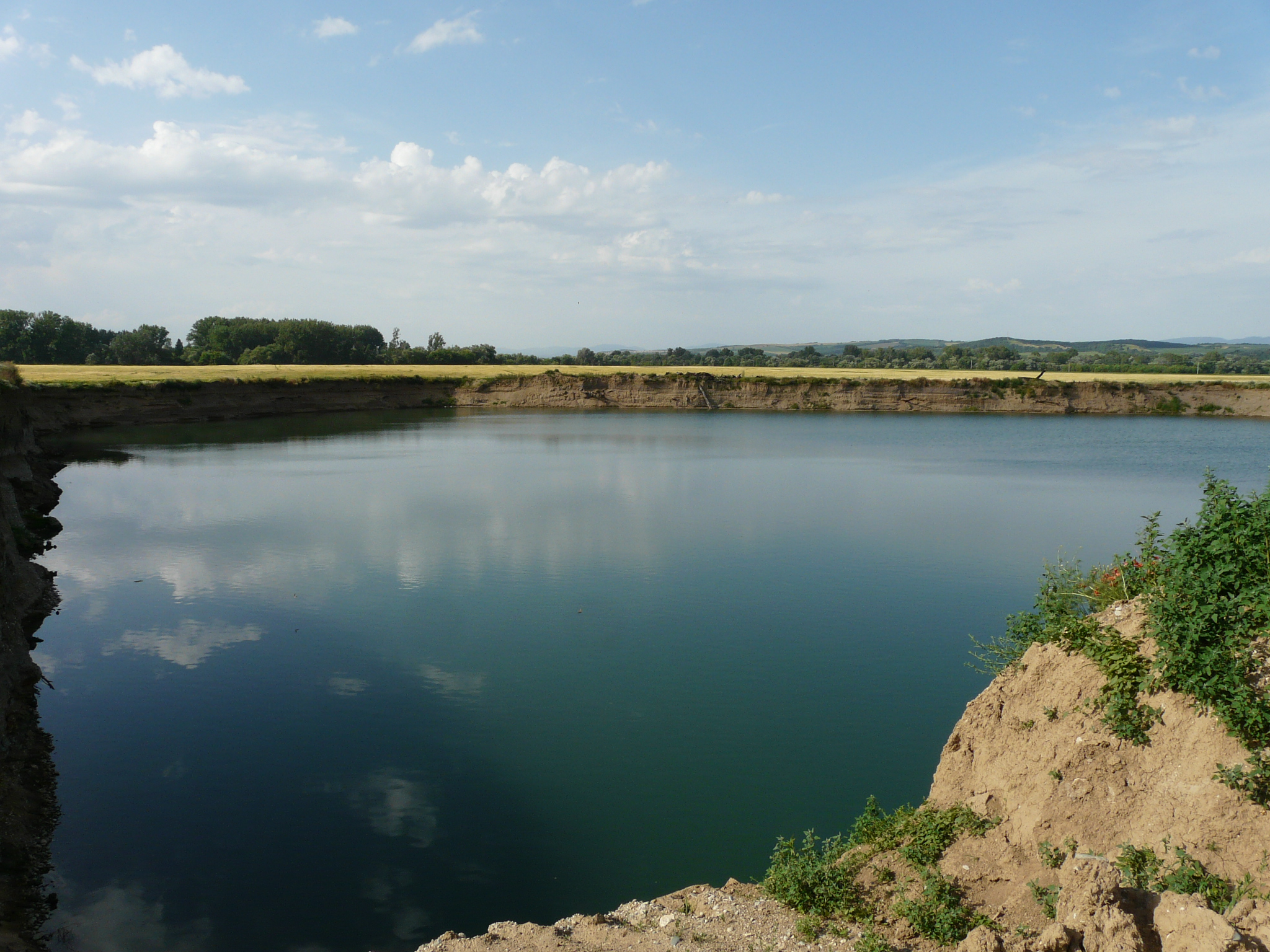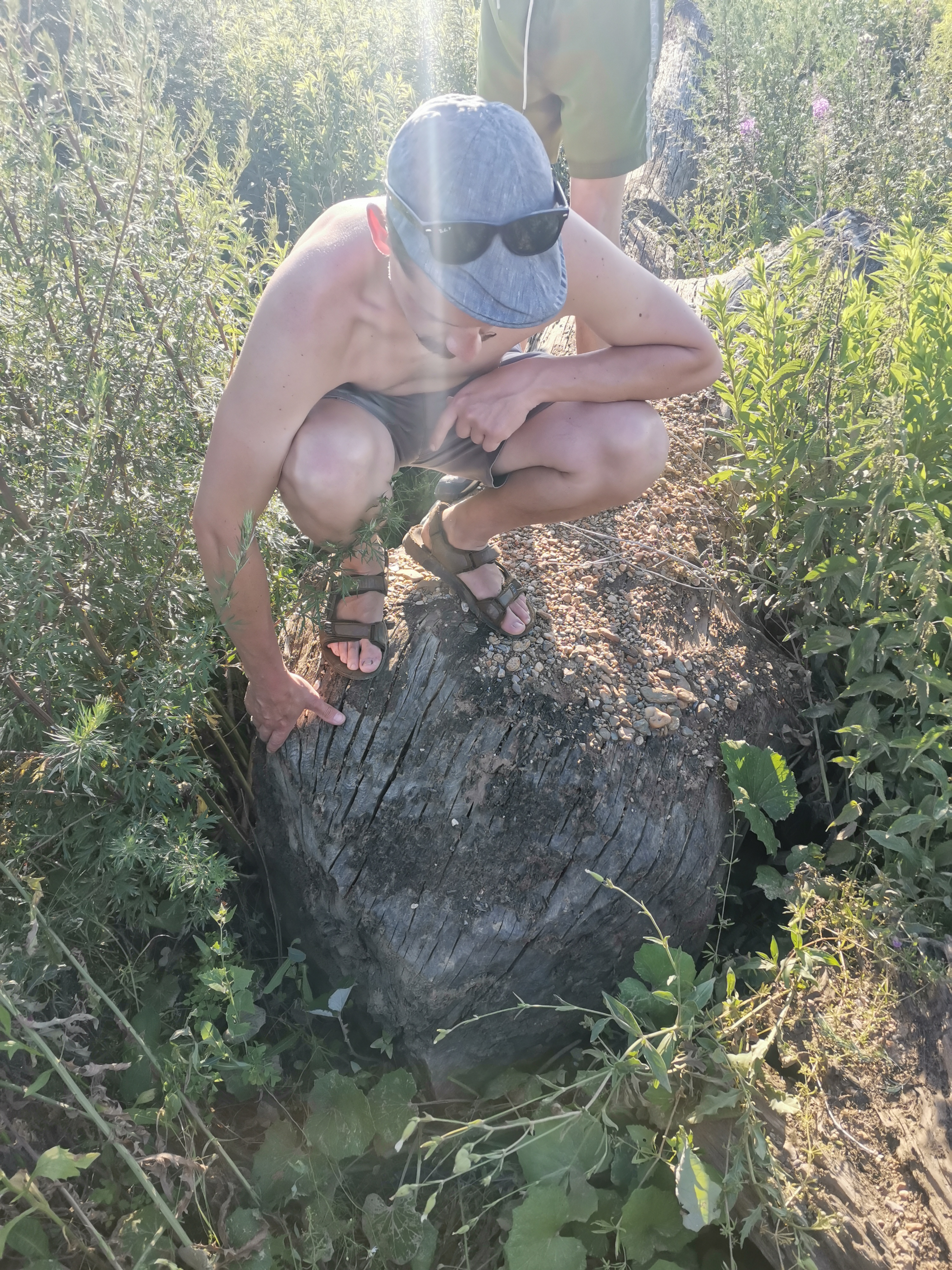Subfosílny obrat
Subfossil Turnover
Výstavný projekt je výstupom dva roky trvajúceho výskumu a multimediálnej práce Michala Machciníka. Prepája kompetencie súčasného umenia s komentárom vedy a filozofie, ktoré sa podobne ako autorov rukopis odtláčajú v historických vrstvách pamäte prírody i samotnom konglomeráte činností antropocénu – kapitalocénu. Reálny vek subfosílnych drevín sa na základe vedeckých výskumov datuje na obdobie 10 000 rokov. Tieto dreviny - prírodné skulptúry modelované časom sa v posledných rokoch ukázali ako často využívaný materiál v práci designérskych firiem a cenená predajná komodita. Stávajú sa súčasťou ekosystému ľudskej spoločnosti a zbavujú svojej pôvodnej narativity. Odkazy prírody a jej pamäte vo vrstvách času sa strácajú v privatizovanom artefakte ekonomických, podnikateľských a trhovo orientovaných zámerov. Je takéto smerovanie, ktoré je príznačné súčasnosti i nejasnej budúcnosti celej spoločnosti, prirodzeným vývojom, opakujúcim sa v cykloch naprieč históriou? Mohla by práve veda a umenie ponúknuť cestu vizualizácie kritických aspektov pôsobenia človeka, ktoré v súčasnosti i v históriách jednotlivých (nie výhradne ľudských) spoločenstiev prekračujú rámec prípadu jedného subfosílneho stromu?
Michal Machciník komunikuje odpovede, pričom svojim racionálnym, umelecko-výskumným, no zároveň citlivým prístupom vyzýva prírodu i spoločnosť k dialógu. Na výstave zároveň rozrušuje zaužívané rámce pohľadov na históriu fungovania vedy, pričom zachováva význam jej primárnej podstaty. Stáva sa sledovateľom, objaviteľom i remeselníkom medzi priestormi zvierat a ľudí, filozofickými odkazmi Bruna Latoura, či prístupmi Hamisha Fultona. Podobne ako konštruuje svoje objekty, skulptúry náhodne nájdených, vyhodených entít (príbehov prírody i činnosti človeka), nachádza v periférnej oblasti rodných Košíc objemné subfosílne dreviny. Prírodný pamätník, prestupujúci dobu i pamäť človeka, ktorý si ho (v tomto konkrétnom prípade) ešte nestihol komodifikovať. Autor tak rozvíja príbeh dreviny – stromu, ktorý je jedným zo signifikantných aspektov jeho diel, pričom rozostruje hranice rozdeľovania svetov prírody a kultúry (človeka).
Mgr. Viktória Pardovičová
The exhibition project is the outcome of two years of research and multimedia work by Michal Machciník. It links the competencies of contemporary art with the commentary of science and philosophy, which, like the author's handwriting, are imprinted in the historical layers of nature's memory and the very conglomerate of the activities of the Anthropocene - the Capitalocene. The real age of the subfossil trees has been dated to a period of 10,000 years based on scientific research. In recent years, these woods - natural sculptures modelled by time - have emerged as a frequently used material in the work of design firms and a valued saleable commodity. They are becoming a part of the ecosystem of human society, shedding their original narrative. The legacies of nature and its memory in the layers of time are being lost in the privatised artefact of economic, entrepreneurial, and market-oriented intentions. Is such a direction, which is symptomatic of the present and of the uncertain future of society as a whole, a natural development that repeats itself in cycles throughout history? Could it be that science and the arts offer a way of visualizing critical aspects of human agency that, in the present and the histories of individual (not exclusively human) societies, go beyond the case of a single subfossil tree?
Michal Machciník communicates the answers, inviting both nature and society to dialogue with his rational, artistic and research-oriented, yet sensitive approach. In the exhibition, he also disrupts the established frames of views on the history of the workings of science, while preserving the importance of its primary essence. He becomes a tracker, discoverer and craftsman between the spaces of animals and humans, the philosophical references of Bruno Latour and the approaches of Hamish Fulton. Similarly, as he constructs his objects, sculptures of randomly found, discarded entities (stories of nature and human activity), he finds voluminous subfossil woods in the peripheral area of his hometown Košice. A natural monument, transcending time and the memory of man, who (in this particular case) has not yet managed to commodify it. The author thus develops the story of the wood plant - the tree, which is one of the significant aspects of his works, blurring the boundaries of the division of the worlds of nature and culture (people).






























